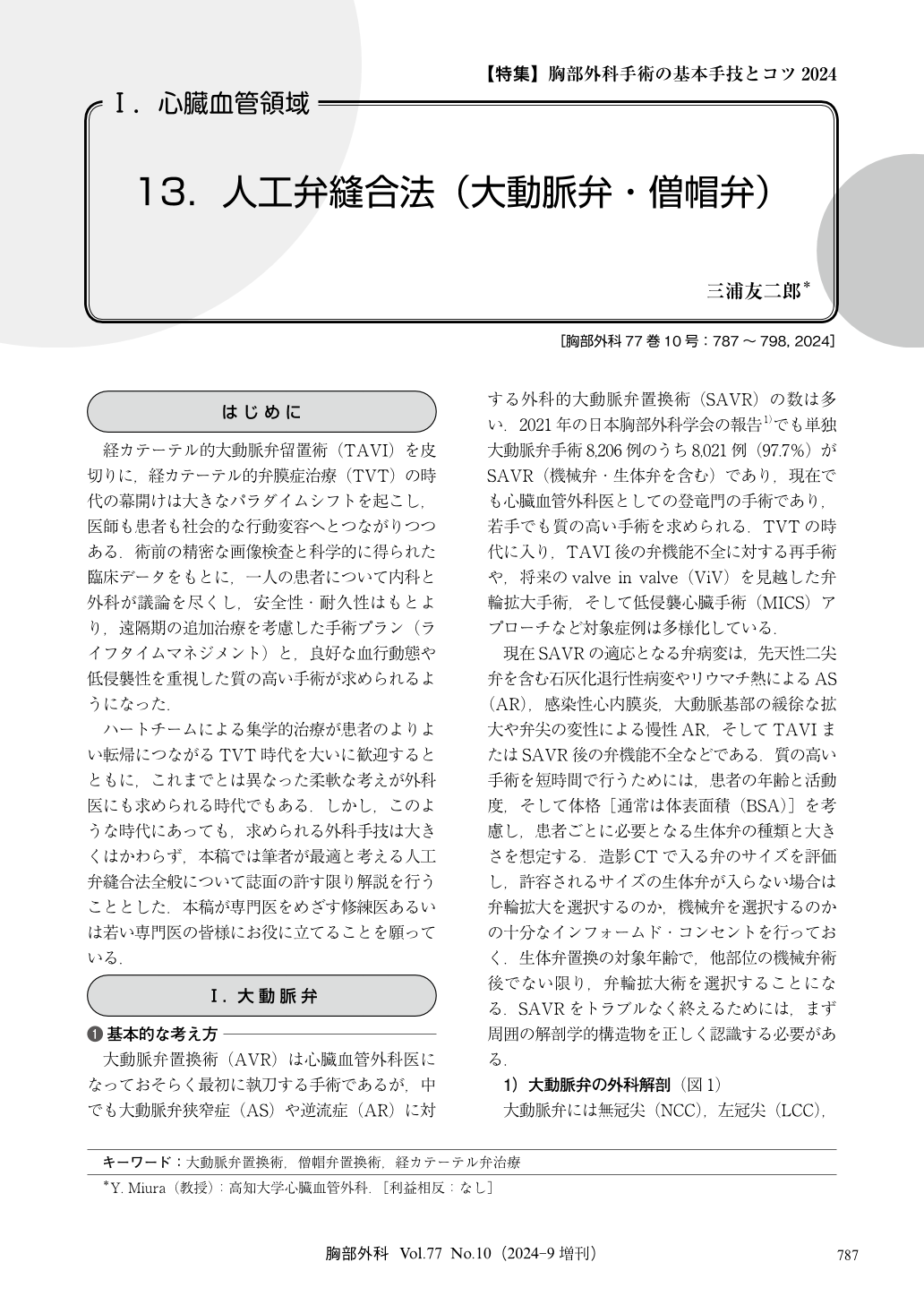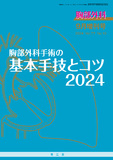Japanese
English
- 有料閲覧
- Abstract 文献概要
- 1ページ目 Look Inside
- 参考文献 Reference
経カテーテル的大動脈弁留置術(TAVI)を皮切りに,経カテーテル的弁膜症治療(TVT)の時代の幕開けは大きなパラダイムシフトを起こし,医師も患者も社会的な行動変容へとつながりつつある.術前の精密な画像検査と科学的に得られた臨床データをもとに,一人の患者について内科と外科が議論を尽くし,安全性・耐久性はもとより,遠隔期の追加治療を考慮した手術プラン(ライフタイムマネジメント)と,良好な血行動態や低侵襲性を重視した質の高い手術が求められるようになった.
The dawn of the transcatheter valvular therapy (TVT) era, starting with transcatheter aortic valve implantation (TAVI), has brought about a significant paradigm shift, altering the social behavior between physicians and patients. Physicians and surgeons now engage in detailed discussions for each patient, grounded in precise preoperative imaging studies and scientifically derived clinical data. They formulate surgical plans that encompass lifetime management, prioritizing not only short-term safety but also long-term durability and high-quality procedures that emphasize optimal hemodynamics and minimally invasive techniques. While the TVT era is greatly welcomed for its potential to improve patient outcomes, it also demands that surgeons adopt a more flexible and innovative approach than in the past. This article outlines the fundamental techniques of surgical aortic valve replacement (SAVR) and surgical mitral valve replacement (SMVR) from the perspective of complication avoidance and management. Despite the progress and new expectations in the field, it remains crucial to ensure complication-free valve replacement through a thorough understanding of anatomy.

© Nankodo Co., Ltd., 2024


